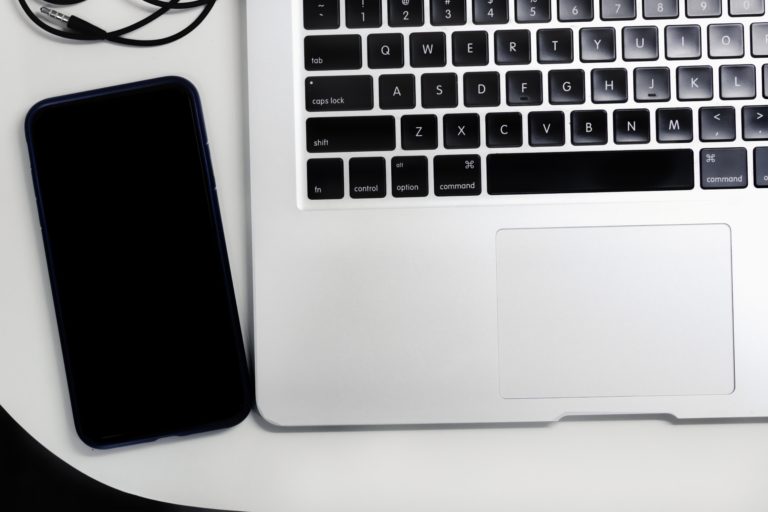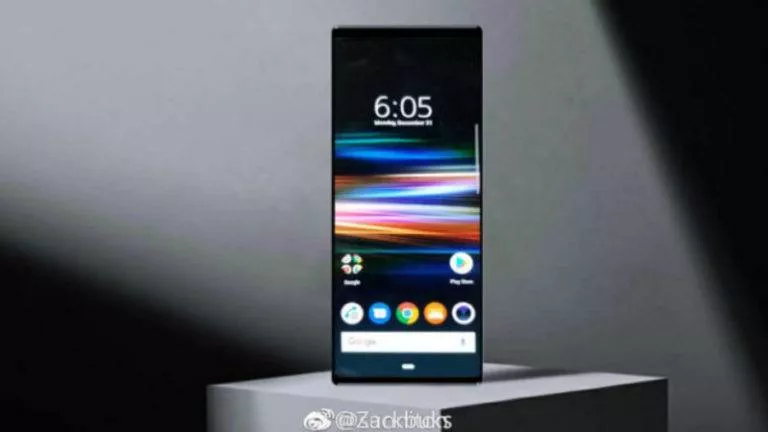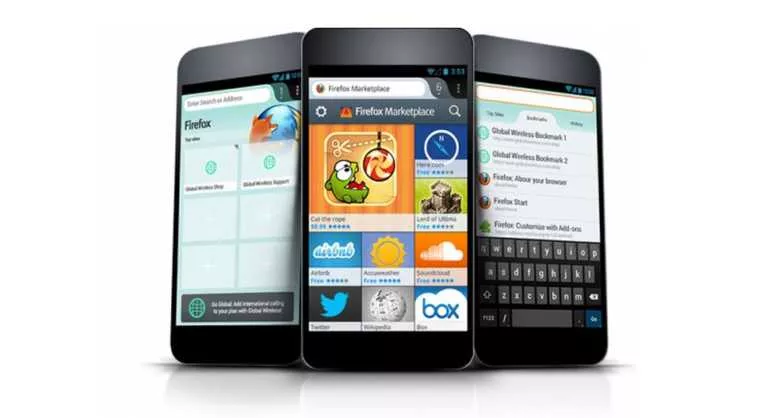Redmi 13 5G Review: The Best Budget Smartphone of 2024

It’s safe to say that the golden era of budget smartphones is long gone, with Xiaomi and Realme’s number series now operating in the sub-25K segment. However, this price push has left the biggest smartphone market—the 15K segment—in the dust, with people seemingly having no options. Therefore, when Xiaomi announced its new Redmi 13 5G smartphone, which packs a 120Hz display, 5G support, and HyperOS for Rs. 13,999, I was pretty excited to check it out. Now, after testing the smartphone for a week, let’s get into the review of the Redmi 13 5G and find out if the device is worth the hype.
Redmi 13 5G Review
Summary
The Redmi 13 5G has reignited the sub-15K segment by offering a good display, attractive design, and excellent battery life, along with 5G support. These features make the device a great option for price-conscious consumers.
Redmi 13 5G Review: Design and Display
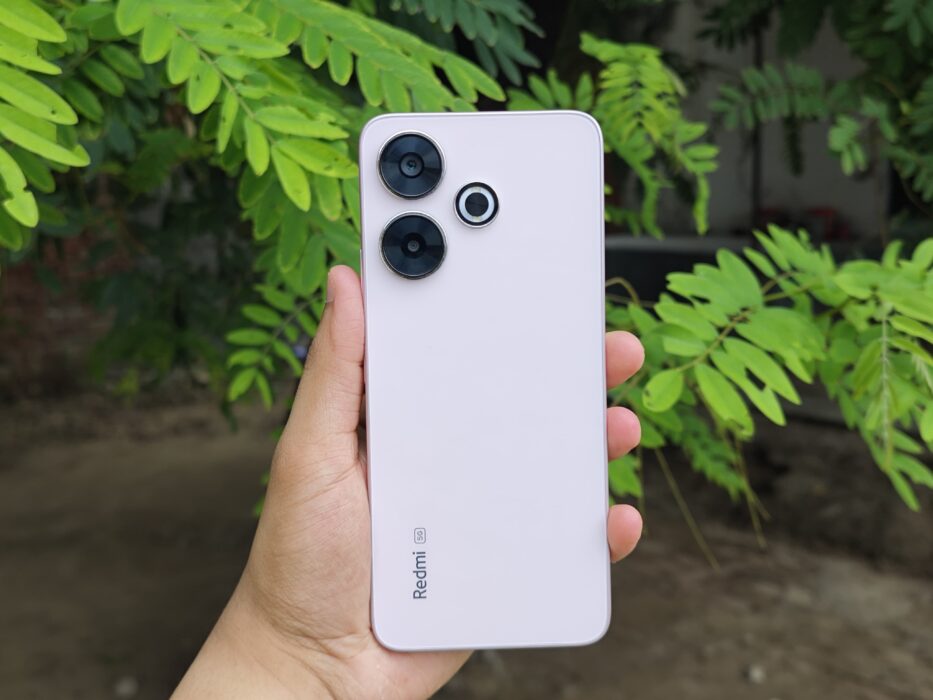
Despite the price, Redmi hasn’t skimped on any essentials, as the box includes the phone, a silicone case, a 33W fast charger, and a USB-A to USB-C charging cable.
Starting with the design, the Redmi 13 5G punches way above its weight by featuring a glass back panel, which makes the device feel premium. Coupled with the stunning pink colorway, it stands out. Moreover, it comes in two additional colors, Midnight Black and Ocean Blue, which could be a major selling point for Gen Z users who want their phones to look different.
The back panel also houses three cutouts: two for the cameras and one for the flash module. However, the company hasn’t specified which type of glass it uses on the back. The sides are made of plastic to help save money, but they feel sturdy and protect the device from impact.
In terms of in-hand feel, the Redmi 13 5G is 8.3mm thick, and coupled with the large display, handling the device can be a bit challenging.
Redmi 13 5G Review: Display

When Redmi launched the 13 5G, it talked greatly about the display and its size. But before I get into the nitty-gritty, the device features a massive 6.79-inch FHD+ 120Hz display with a peak brightness of 550 nits. Keen observers might notice that I didn’t mention OLED in the display specs. That’s because the device has an LCD panel.
After years of being spoiled by OLED displays, using an LCD panel was a trip to a bygone era, with washed-out colors, a lack of contrast, and things not looking as sharp as they should. However, keeping my biases aside, the LCD on the Redmi 13 5G is one of the better ones I’ve seen, with good color accuracy and details. Watching movies and gaming were also enjoyable experiences on the display.
Although we can cut some slack for Redmi not using an OLED display due to price constraints, the peak brightness of just 550 nits limits the device’s usability in direct sunlight.
Finally, regarding display protection, the Redmi 13 5G uses Corning Gorilla Glass 3, which, in my testing, fared well when I accidentally dropped the phone on a hard surface.
Redmi 13 5G Review: Performance
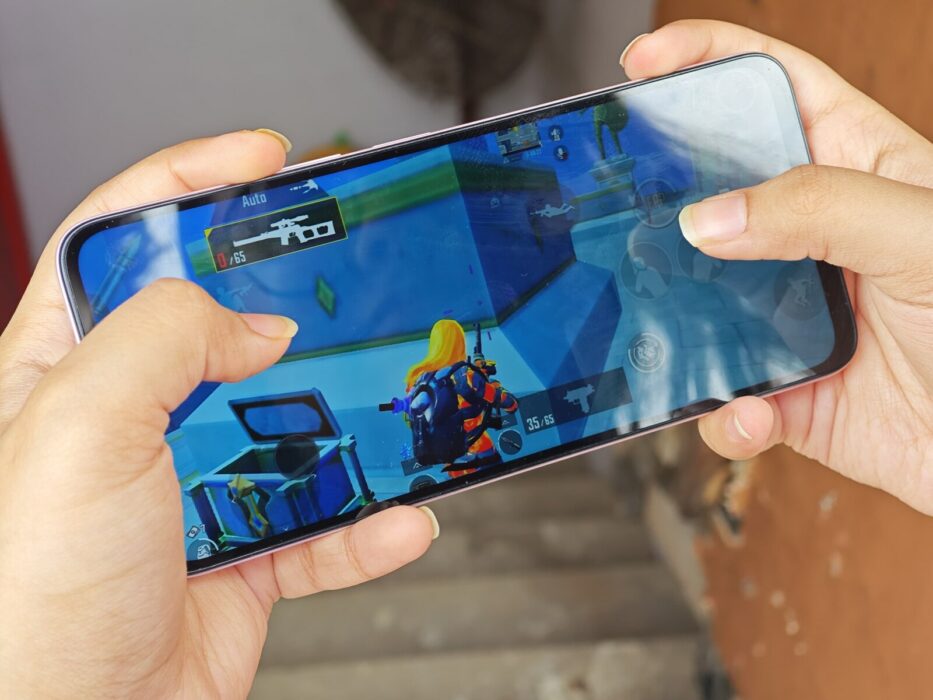
The Redmi 13 5G houses the new Qualcomm Snapdragon 4 Gen 2 chipset, which consists of two Cortex-A78 cores running at 2.2GHz and six Cortex-A55 cores running at 2GHz, along with the Adreno 613 GPU. Additionally, the device comes with up to 8GB of LPDDR4X RAM and 128GB of UFS 2.2 internal storage.
In terms of real-world performance, if you’re looking for the most powerful phone in this segment, the Redmi 13 5G is not it. The company claims 36 months of lag-free usage, but I encountered some lag when switching between apps on the first day of my testing. Moreover, every task, whether opening or closing an app, takes a second to process. While this might not be noticeable for the average user, it will definitely cause some frustration for those expecting better performance.
This bittersweet trend continues in gaming, where I tested the device on BGMI and CODM. Beginning with BGMI, the handset maintained 30FPS on “HD” graphics and a high frame rate setting. On the other hand, the 13 5G delivered solid 45-50FPS gameplay in CODM at high settings.
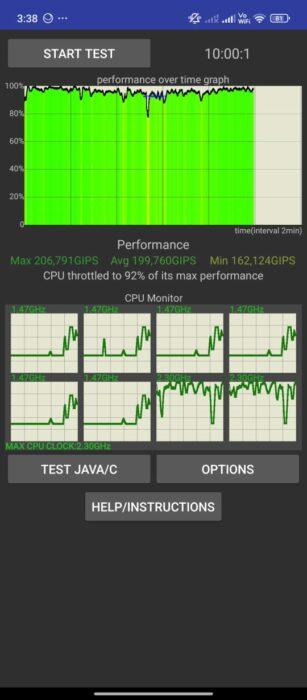
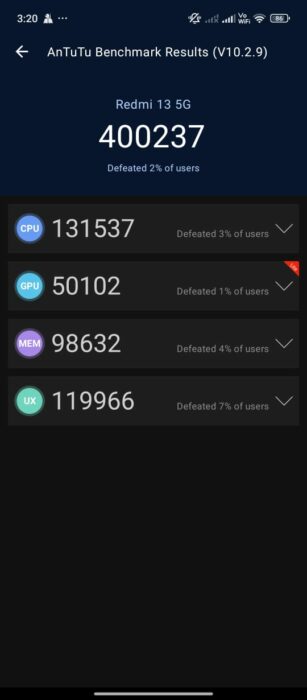
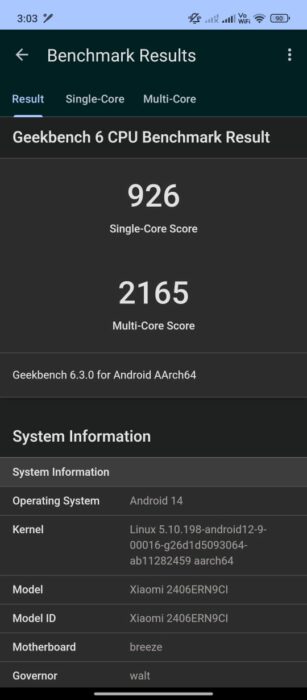
Regarding synthetic benchmarks, I put the Redmi 13 5G through its paces in Geekbench’s single-core and multi-core tests, where the device scored 926 and 2165, respectively. Additionally, in the AnTuTu benchmark, the handset scored 400237 points. Finally, to test the thermal performance, I ran the 10-minute 30-thread benchmark, during which the 13 5G throttled to 92% of its performance and became hot to the touch.
Battery Life
Given the massive 5,030mAh battery, I had high expectations for the Redmi 13 5G’s battery life and wasn’t disappointed. The device easily lasted a full day of average use, including watching YouTube videos, taking camera samples, and scrolling through Instagram. Moreover, with the included 33W charger, I could recharge the phone from 20% to 100% in just over an hour.
Redmi 13 5G Review: Cameras

The Redmi 13 5G features a dual camera setup on the back, comprising a 108MP Samsung ISOCELL HM6 sensor and a 2MP depth sensor. The photos turned out well in daylight, with good details, vibrance, and sharpness. While the colors tend to be on the punchy side, many everyday users prefer enhanced colors, making the photos look pleasing.


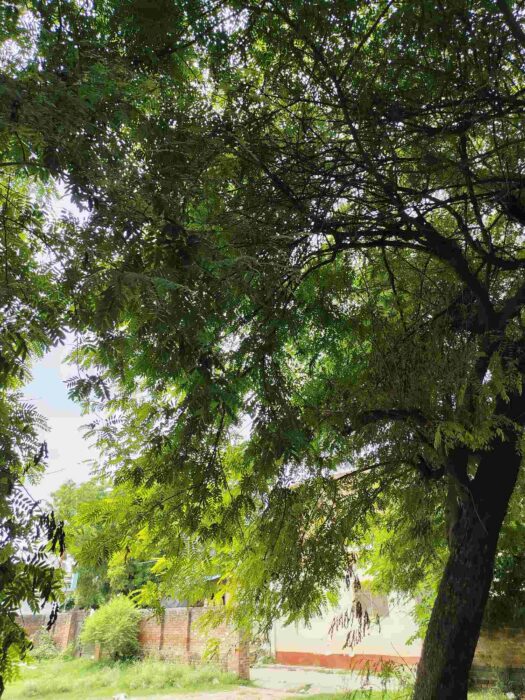
Considering the lack of a telephoto lens, the primary camera also doubles as a portrait lens. The resulting shots in daylight were acceptable, with a natural depth of field and good colors. However, the quality dropped significantly at night when the phone struggled to separate the foreground and background effectively.


Nighttime photos
As expected, the Redmi 13 5G’s photo quality suffers at night, causing the shots to look washed out, with fewer details and more grain. However, it’s worth noting that every phone in this price segment struggles with nighttime photos, so this isn’t a major dealbreaker.
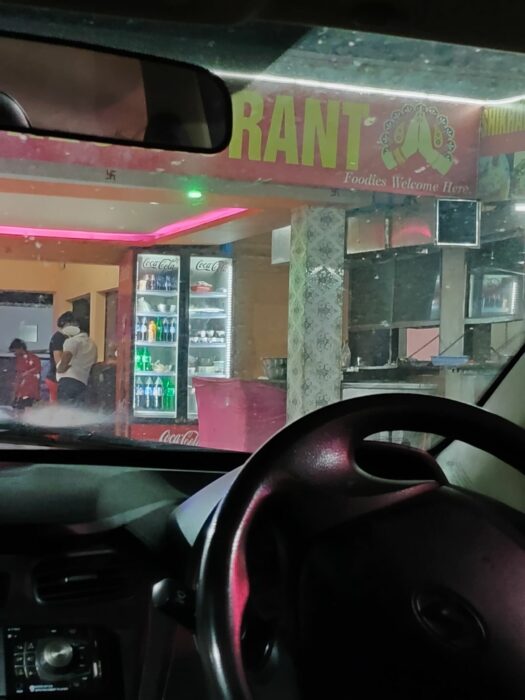

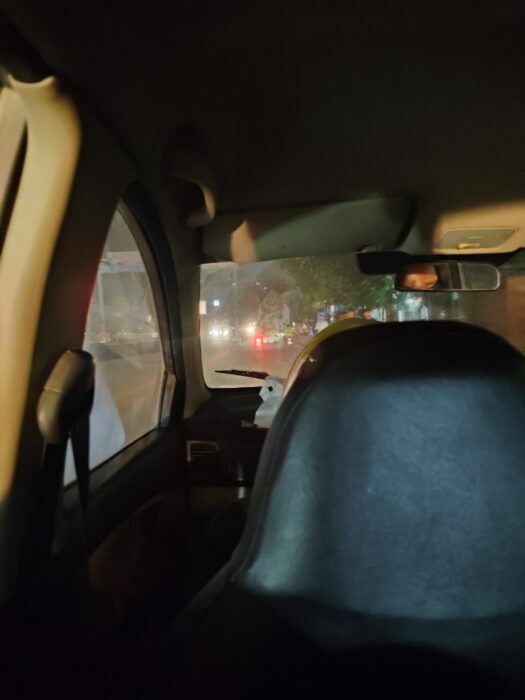
Selfies and Videos
The 13MP selfie shooter performed better than expected, delivering great clarity and colors. However, like many phones, the device applies a beauty filter to the photos, which might be a bit overwhelming for some users.

Finally, the fact that the Redmi 13 5G can only record 1080p@30fps videos is a disappointment since there is no option to record at a higher frame rate. Nevertheless, the video quality in daytime conditions was acceptable, with decent stabilization, sharpness, and good colors.
Redmi 13 5G Review: Software
The 13 5G is Redmi’s first phone to run the all-new HyperOS out of the box. Despite the performance issues caused by the chipset, my overall experience was positive. The theme and icons look attractive and provide a good user experience. However, as you might expect, the device comes with a plethora of pre-installed apps and games, along with the infamous “Hot Apps” folder, which does hamper the experience. Fortunately, you can uninstall these apps and clean up your experience.
Regarding software support, Redmi has promised two years of major software updates and four years of security patches, which significantly improves the phone’s longevity.
Should you buy the Redmi 13 5G?

Starting at Rs. 13,999, the Redmi 13 5G is one of the few contenders in the 15K segment. With a good display, attractive design, and adequate battery life, it gets a thumbs up from me. If you’re looking for a solid phone in this segment, be sure to check out the Redmi 13 5G.

